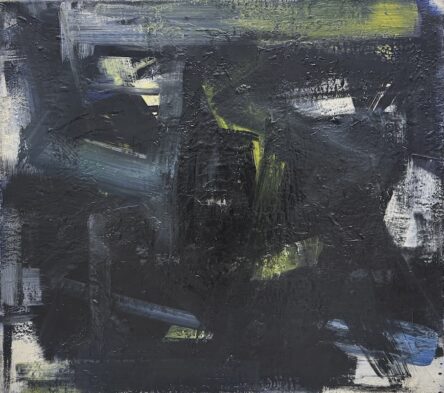
Untitled
oil on canvas
90 x 80 cm
Price on request
Hengelo, 1925 - 1992
The Dutch artist Theo Wolvecamp began to paint during the war, and from 1945 to 1947 he attended the art academy in Arnhem. During this period he was keenly interested in German and Flemish expressionism. In 1947 he settled in Amsterdam, and after a short flirtation with cubism he developed his own world of spontaneously applied symbols.
Theo Wolvecamp was a co-founder of the Dutch Experimental Group in 1948, when he was already busy experimenting with styles and techniques such as using sand in his paintings. He left CoBrA in 1949 after the movement’s landmark exhibition in Amsterdam’s Stedelijk Museum, but became a member again in 1951. Not much of his work from the CoBrA period remains, as he destroyed works when he was dissatisfied with the result.
Wolvecamp was a man of the country who never felt at home in the city, and after the international CoBrA adventure he returned to his birthplace. “That is where you belong”, his friend Karel Appel said. Wolvecamp worked in isolation, developing a highly personal expressionism rooted in his intense experience of nature. Its characteristic forms and colours expanded on the symbolic language of flecks, stripes and swirling lines he developed during the CoBrA period.
It was not until 1967 that Wolvecamp went public with his work, in a solo exhibition in Arnhem. In the years that followed his work was shown at various exhibitions in The Netherlands and abroad.